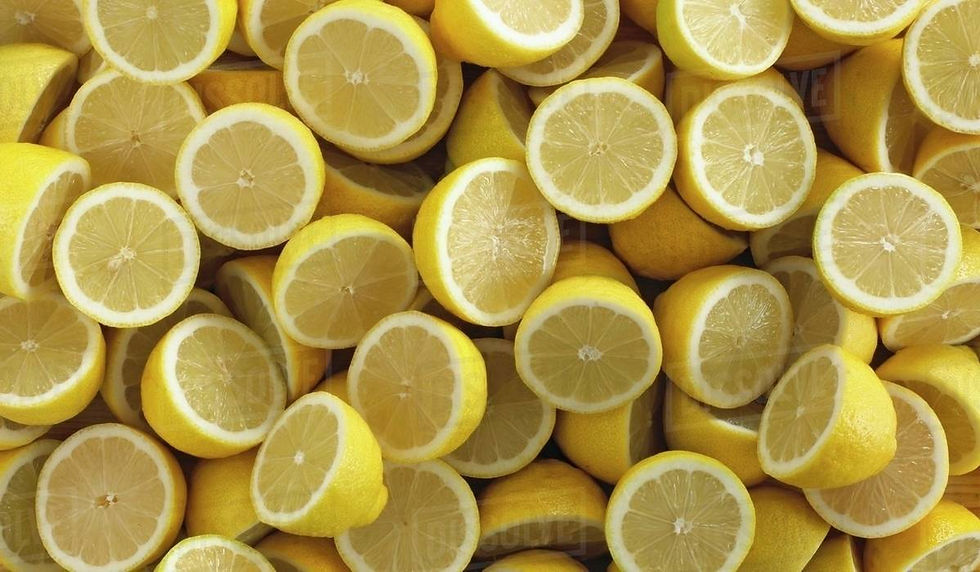Be Persuasive by Saying it “Visually”
- Sam Decker
- Jul 26, 2005
- 2 min read
Updated: Aug 30, 2022
Ok, I usually try to be original here, but in this case, this is a Monday Morning Memo from my friend Roy Williams (Wizard of Ads) that I have to share…
Want the secret of emphasis, persuasion, and impact — whether it’s to customers, managers, peers, employees, the waiter, whoever…? Here it is…
Getting What You Want
One of these days I’m going to calculate the odds of pulling away from a drive-thru
window and actually finding what was ordered in the bag.
For 3 years I’ve been calculating the odds of getting extra lemon for your tea when you add the phrase "lots of lemon, please" in America’s better restaurants. Currently, this
request will get you some small quantity of extra lemon 47.4 percent of the
time; usually a single, sad slice alongside the sliver you were going to get
anyway.

If you really want "lots of lemon," you must raise the impact quotient of your message;
paint a bigger picture in the mind. Smile and say, "I’d like iced tea with so many lemons that they slide off the table onto the floor. I’m talking about this restaurant being knee-deep in lemons when I leave, so many lemons that it takes two men and a little boy to carry them all. Will you do that for me?"
Do I get lots of lemon when I say this? Yes.
Do I enjoy doing it? No.
Do I think it’s witty, cute, clever, funny? No.
I do it because I want the lemons.
What do you want? And how have you been asking for it? Do you typically assume that people are paying attention when you speak?
E. M. Cioran said, "If we could see ourselves as others see us, we would vanish on the spot." I fear he was probably right.
The key to being understood is to raise the impact quotient of your message.
Have you figured out yet that we’re talking about advertising? And sermons? And classroom lectures? And effective web copy? And blockbuster screenplays? And Pulitzer prize winning journalism?
The higher the impact quotient of your message, the less repetition is required to enter into declarative memory. The higher the impact quotient, the bigger the scene painted on the visuospatial sketchpad of working memory in the dorsolateral prefrontal association area of the brain.
Roy H. Williams








Comments